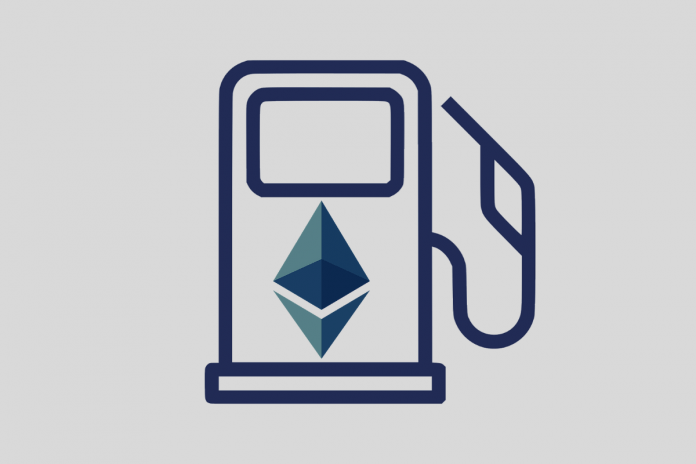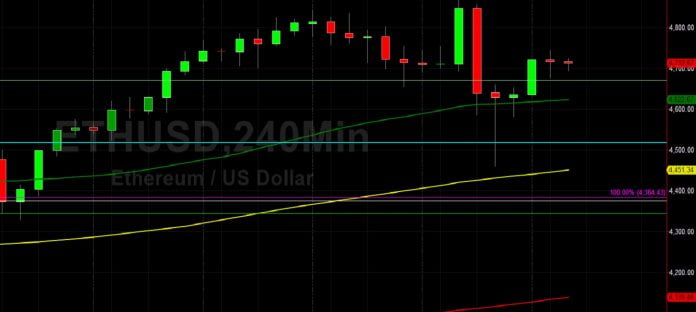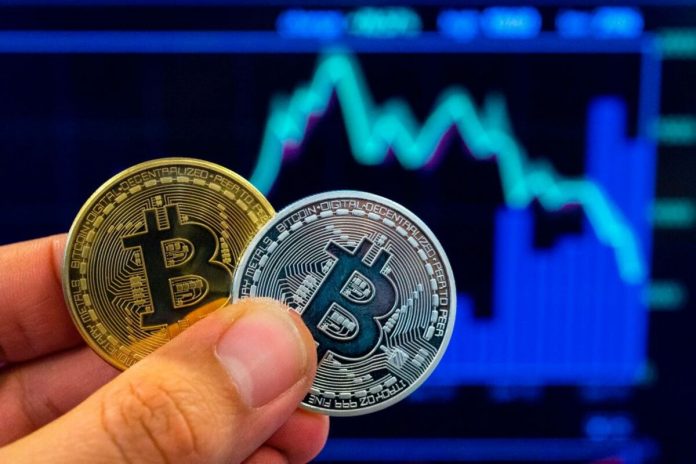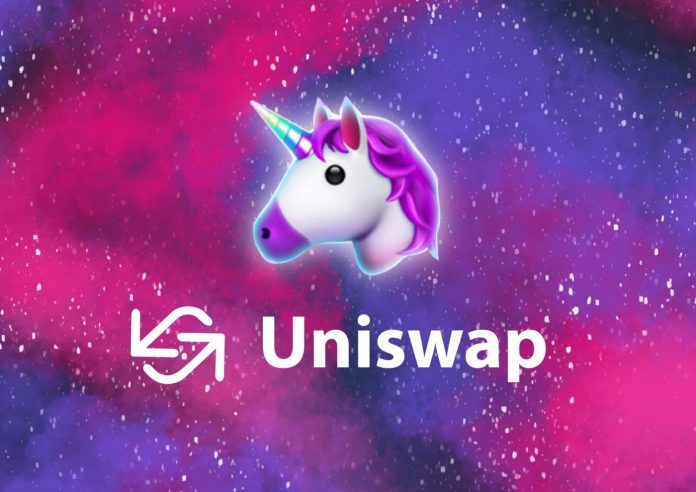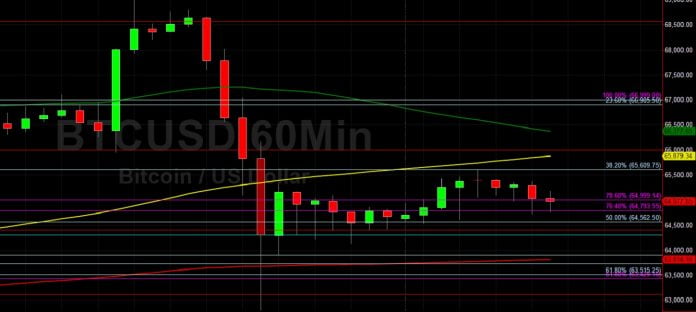Just like the metaverse has captivated the imagination of the game industry, so to have nonfungible tokens (NFTs). But while the metaverse has been dismissed as science fiction hype, NFTs have stirred even more haters.
But after listening to a lot of talks at our GamesBeat Summit Next online event this week, I’m convinced that the startups are going to win the NFT gaming market as it moves toward mass adoption. I’ll back up my argument, but first I have some explaining to do because some very big gaming companies are turning like battleships into the NFT market.
If you look at Google Trends, you’ll see that NFTs started picking up in February and skyrocketed after related NFT sales like digital art and NBA Top Shot took off. Dapper Labs has now seen sales and resales of those NFTs top $780 million. In March, an NFT digital collage by the artist Beeple sold at Christie’s for $69.3 million. NFT sales hit $1.2 billion in the first quarter, $1.3 billion in the second quarter, and a whopping $10.7 billion in the third quarter as games such as Axie Infinity took off.
It’s a logical assumption that NFTs will sweep through gaming, much like they have through art. NFTs use the transparent and secure digital ledger of blockchain to uniquely authenticate one-of-a-kind items. This establishes digital ownership for players in games like Sky Mavis’ Axie Infinity, which has seen $2.4 billion in trading this year. This ownership model allows players to sell their leveled-up game characters for a profit, enabling a new business model for games dubbed “play-to-earn,” where players earn rewards.
NFT resales can easily be tracked and credited to either the original creators or the owners themselves. And so players or even the original creators can benefit from item resales. It’s part of a Leisure Economy that is lifting people out of poverty around the world.
Velocity

Above: Axie Infinity lets players battle with NFT Axie characters.Image Credit: Sky Mavis
Amy Wu, a partner at Lightspeed Venture Partners and a crypto/NFT/game investor, said at our event the NFT games space went from zero to 100 in about two months, when Axie Infinity went from tens of thousands of dollars in revenue per month to $15 million per day. It has scaled up to two million daily active users and introduced a different crowd of players to “play-to-earn” gaming. They’re earning money much like the gold farmers did in other games, but on a scale that is “unprecedented,” she said.
“It’s a pretty incredible pace,” she said. “That shows the paradigm of Web 3 and decentralization can do.”
Blockchain enthusiasts believe that Web 3, or decentralization, is the next wave in computing that will return transactions to a peer-to-peer level and get rid of all of the big tech platforms and middlemen. The success of the games has caught the imagination of indie studios and game publishers.
Wu said we’re seeing a huge influx of capital into the intersection of blockchain and gaming. Publishers have moved from skepticism to action. Hundreds of companies are now trying to do blockchain gaming, and many of them are “crypto native” game companies run by cryptocurrency enthusiasts without much experience making games, she said.
These companies have developer direct relationships with their communities on the web, Discord, or Twitter, without the middlemen of the app stores. “Gaming native” teams are also coming into the space, some via the big game publishers, Wu said. Those teams haven’t quite grasped that Web 3 and the community mindset as being critical to success.
Player guilds like Yield Guild Games are fueling the growth of blockchain games. What matters about these games is that the community is driving the game.
“It gave us a stone to use against the Goliaths,” said Jeff Zirlin, cofounder of Sky Mavis, maker of Axie Infinity, on a panel. “When you’re a startup, you’re always trying to figure out what is your advantage? What is your secret sauce that you can use to create a niche for yourself in this market? For us, that was really this idea of community ownership, empowering gamers using this technology to create a new dynamic between gamers and developers.”
Hundreds of guilds now exist in places like the Philippines to support the games.
“The fact that people can create things of value inside the game, and then sell them to other people, is creating the future of work, where people are willing to do more things inside these games and virtual worlds,” said Gabby Dizon, CEO of Yield Guild Games, on a panel. “It’s leading to all sorts of creativity in the economy, from the players who are doing the actual work. People are, for example, becoming land brokers or doing esports and streaming.”
Breaking the myths

Above: Strauss Zelnick (right), CEO of Take-Two Interactive, shows off his NFT to Mike Vorhaus.Image Credit: GamesBeat
If you don’t know what NFTs are, that is one of the obstacles to mainstream adoption of blockchain games. NFTs, cryptocurrency, and blockchain games have been tough to understand for developers, and consumers often have no clue how to use things like cryptocurrency wallets. About 97% of our audience believes that the public does not have a good understanding of blockchain.
But startups like Forte are working on the infrastructure to make the technology more accessible, speed up transactions, and lower the costs. They and others are signing up traditional game makers to onboard them to the proper technology. (This is why Forte raised $725 million today, and why it also invested money into the $10.5 million funding for Mark Long’s Neon.
“We really want to explore all of these levers to pull in the play-to-earn (economy),” said John Linden, CEO of Mythical Games, on a panel. “We’ll be introducing a whole series of new games very soon from other studios and other great gaming companies on both PC console and mobile….We could say with nearly 100% certainty, we will see at least one of the top three or four publishers in games to enter the space within the year. It’s definitely happening.”
One of the big points of contention is that Bitcoin and Ethereum transactions use a lot of computing power because they are based on “proof of work” systems. Instead, more of these protocols and sidechains are being built now on “proof of stake” systems that don’t use a lot of computing power. Sidechains are offloading the transactions so that they can do more transactions per second, and again reduce the computing load from transactions on the blockchain. The fees — which represent the use of computing power — are dropping to nothing.
Many of the blockchain haters among gamers bring up this point about blockchain games causing climate change. At the height of the Bitcoin mining phase, that was a real concern. But mining has dropped off, and it’s irrelevant to the subject of NFTs anyway. And when you think about it, an all-digital cryptocurrency financial system is likely to be more climate-friendly than all the physical banks in the world and other wasteful aspects of our financial system based on paper money.
Others object to the market being filled with scams and money launderers. But compliance is in the interest of the startups, and they’ve got the lawyers and the sophistication to understand the anti-money laundering laws and “know your customer” requirements.
While big companies could point to all of these myths and perpetuate the resistance to blockchain games, they aren’t doing that. Instead, the CEOs of big companies recognize the opportunity.
Andrew Wilson, CEO of Electronic Arts, told investors that NFTs are the future of gaming. Zynga’s Frank Gibeau just hired a chief blockchain gaming leader. Strauss Zelnick, CEO of Take-Two Interactive, said he is a fan of NFTs.
“We know that people love to collect things,” he said. “We know that people value rarity. What makes a collectible valuable? An intersection of a perception of underlying value and quality, and rarity. NFTs can offer that. They can offer a digital version of that. There’s no question people value digital goods. It’s digital, rare, and collectible.”
The big question

Above: Clockwise: Kevin Chou of SuperLayer, Jay Chi of Makers Fund, Amy Wu of Lightspeed Venture Partners, and Nick Tuosto of Griffin Gaming Partners.Image Credit: GamesBeat
The big question is who will take NFTs to mass adoption.
The upstarts are capitalizing on that trend and they’re hoping for mass adoption. And they all expect to reach mass adoption and disrupt gaming’s status quo. The big companies are paying attention, mainly because their investors are asking them questions about NFTs. The CEOs of Zynga, Ubisoft, Electronic Arts, Activision Blizzard, and Take-Two Interactive have all said they’re investigating NFT games.
History favors the startups, particularly if you examine the explosion of free-to-play mobile games, which gave us the roadmap for predicting this new era. At the outset, as the app stores were created on iPhone and Android, many hardcore gamers hated the new games. They condemned them for schemes such as pay-to-win, loot boxes, addict targeting, and scams. But over time, it turned out that designers could create fun games and win over a much larger audience for free-to-play titles.
It turned out that you could design games that weren’t scammy, that rewarded skill, that were fair for all, and let players express themselves through buying skins. And the game designers at many small companies who did this were richly rewarded and they unlocked much larger audiences to the point where mobile games are more than half the industry and free-to-play is about 78% of the market. While hardcore gamers number in the hundreds of millions, more than 2.9 billion people in the world play games, according to market researcher Newzoo.
And while companies like Electronic Arts, Ubisoft, and Rockstar Games tried to succeed in mobile, they mostly ran aground. Instead, the mobile-first game companies took the market early and they never let go. The biggest mobile game companies include Supercell, Playrix, Niantic, MiHoYo, Tencent’s TiMi, Scopely, Wildlife, Nexters, Jam City, PlayStudios. You’ll notice the list doesn’t include most of the big game companies — with the exception of Activision Blizzard, owner of King.
The strategy tax

Above: Dean Takahashi moderates a session with Chris LoVerme (center) of SpacePirate Games and Witek Radomski of Enjin.Image Credit: GamesBeat
Twenty years ago, Microsoft was creating the original Xbox. And while some renegades wanted to move fast, others were trying to kill the project. This internal debate was deemed by insiders to be the “strategy tax.” It held the company back and slowed it down, and it wound up entering the console market about 20 months after Sony launched the PlayStation 2. Sony won that generation.
The same thing could happen here because the big companies are caught in some big dilemmas. Their legal teams are exploring the dangers of NFTs, and they have discovered plenty. Certain activities, such as letting players earn rewards and then sell them, could mean that NFT tokens could be classified as securities, and big companies would have to get a license to sell securities. Valve decided to ban all NFT games out of its concern that they could be ruled to be illegal gambling, particularly in the state of Washington, which has a strict gambling law.
To close off the opportunity to all game design types just because one type might be classified as gambling is pretty shortsighted, said Chris LoVerme, CEO of SpacePirate Games, whose title Age of Rust was banned by Steam. He saw hidden motives in Valve’s move.
“I truly think it has to do with competition with their Steam marketplace,” LoVerme said. “It’s about insulating themselves with their walled garden approach with the Steam marketplace and controlling their APIs and how games work with a centralized model for the games that they host.”
Witek Radomski, chief technology officer of Enjin, said on a panel that Valve’s blanket ban was overly aggressive on a major game platform since developers have so many ways to build blockchain games.
“I don’t think the world understands exactly what blockchain games are yet,” Radomski said. “It would have been a better move to investigate games that are more like specific casino games or those that focus on the crypto aspect of it.”
Skill-based games, for instance, are not considered gambling in 41 states in the U.S.
“We’ve seen many games with modding platforms and open APIs that grow so much bigger,” Radomski said. “We think Valve should work with game developers and see what the concerns are. We have seen the problem with mobile platforms as well with cryptocurrency. But I don’t think it is something they can fight for very long.
We ran some polls during our event that were telling. About 84% of our audience thought that Valve should allow NFT games. Another 60% of the audience said they were considering making blockchain games. And the audience predicted it would take two to three years for blockchain games to go mainstream.
Big game publishers don’t want to tread in this space until they get clarity from the Securities and Exchange Commission or Congress. They are waiting for the regulatory shoe to drop. This may be a very prudent strategy, or it could be yet another example of the strategy tax. About 71% of our audience thought regulators will crack down on blockchain gaming and 62% believe that NFT game companies are overvalued.
I know that big game companies are studying this space. But if they wait too long, the free-to-play disruption will be repeated with NFTs.
The investment boom

Above: The play-to-earn panel at GamesBeat Summit Next.Image Credit: GamesBeat
Meanwhile, new unicorns are being born among the NFT startups. Sorare, a Paris-based NFT fantasy soccer game maker with 30 people, received a $680 million investment from SoftBank at a valuation of $4.3 billion. Animoca Brands raised $203 million this year at a $2.2 billion valuation. Axie Infinity maker Sky Mavis raised $153 million at a $3 billion valuation. And Mythical raised $225 million this year at a $1.25 billion valuation. Forte, which is arming many of these companies with blockchain infrastructure technology, raised $185 million.
The usual strategy for big companies is to wait for startups to fight it out and then buy one of the winners. That strategy is working a little, as we’ve seen companies like EA buy Glu Mobile and Playdemic recently, and Zynga has executed this strategy exceedingly well. But with NFT games, I don’t see the corporate boards buying startups like Sorare that have become so valuable so fast.
And NFT game startups are receiving plenty more capital while the big companies are having trouble hanging on to their employees who are leaving for the startups. These startups aren’t held back by a strategy tax. They’re burning the boats and going all-in on NFT games.
Some of these companies may get caught up in regulatory violations, like the companies that raised money through initial coin offerings (ICOs), only to be struck down with fines from the SEC. But if the companies design their NFT games correctly, they don’t have to worry about getting banned or fined, Radomski said. So if 1,000 startups are born, we may lose 50 of them to regulatory actions. But that means plenty of companies will survive and take the market.
Which startups will win?

Above: Mythical Games makes vinyl characters in Blankos Block Party.Image Credit: Mythical Games
Wu believes that the “crypto native” game makers have been winning so far, and they’re being rapidly joined by the “gaming native” companies. The combination of these native communities will likely be the ones that can design games that are fun and enjoyable to the mass market, while still creating the economic effects that can turn a good game into a financial flywheel.
Tuosto said a big franchise or brand hasn’t come into blockchain gaming yet. But based on talks with Forte, one of Griffin’s investments, a lot of conversations happening. It’s just that a lot of the big brands have a lot to lose and so they have to be careful as they move into the space where regulators may intercede. Companies have to set up compliance for money transmittal.
“It requires a new kind of specialization where you harness resources from both crypto and gaming,” Tuosto said. “When that match is made, it will be absolutely transformational.”
The long game

Above: Yield Guild Games is featured in Play-to-Earn, a documentary set in the Philippines.Image Credit: Yield Guild Games
Sky Mavis’ Jeff Zirlin said that many of Axie Infinity’s customers have made a living playing the game in the midst of the pandemic when places like the Philippines had 40% unemployment. And since Sky Mavis distributes its game on the web, it doesn’t pay a 30% tax to the app stores. It also doesn’t pay publisher fees, and it doesn’t have to spend a lot on user acquisition since its Discord users spread the word for it. And that’s why the company has money to share with its own users, Zirlin said.
This world has no room for middlemen like platform companies or big tech. And that’s why the blockchain game companies see themselves as revolutionaries and crusaders, betting on the power of decentralization and open source to dismantle the old ways. I believe they have a fighting chance to accomplish this mission because so much capital is coming in to bet on them and not the status quo.
While it is disruptive, Sky Mavis is trying to play by all the rules in the world. In the Philippines, the company said to players that if the local government requires them to pay taxes on earnings in a game, then they should do that.
Zirlin is excited because of the income generation among underserved people around the world. About 25% of the players are “unbanked,” meaning they have no bank accounts. And 50% have not previously used cryptocurrencies, while 75% are new to NFTs.
“It’s beautiful that we have been able to introduce crypto to people that have traditionally not been using it,” Zirlin said. “We’re getting this technology in the hands of the people that really need it. And that is super rare.”
Big publishers still have a chance to buy in. Much like Bitcoin, NFTs have already seen a rapid rise and a crash, and a rise and a crash. (About 40% of our audience thought the NFT bubble would burst and 60% think that NFT startups are overvalued). The acquirers could buy on the crash. They could also spread FUD and get regulators to crack down more quickly through lobbying efforts.
But if the scenario we saw in free-to-play mobile games repeats itself, then the NFT game startups will race ahead at valuations that will be too big for them to be acquired, and eventually, they will be the ones doing the acquiring.



















